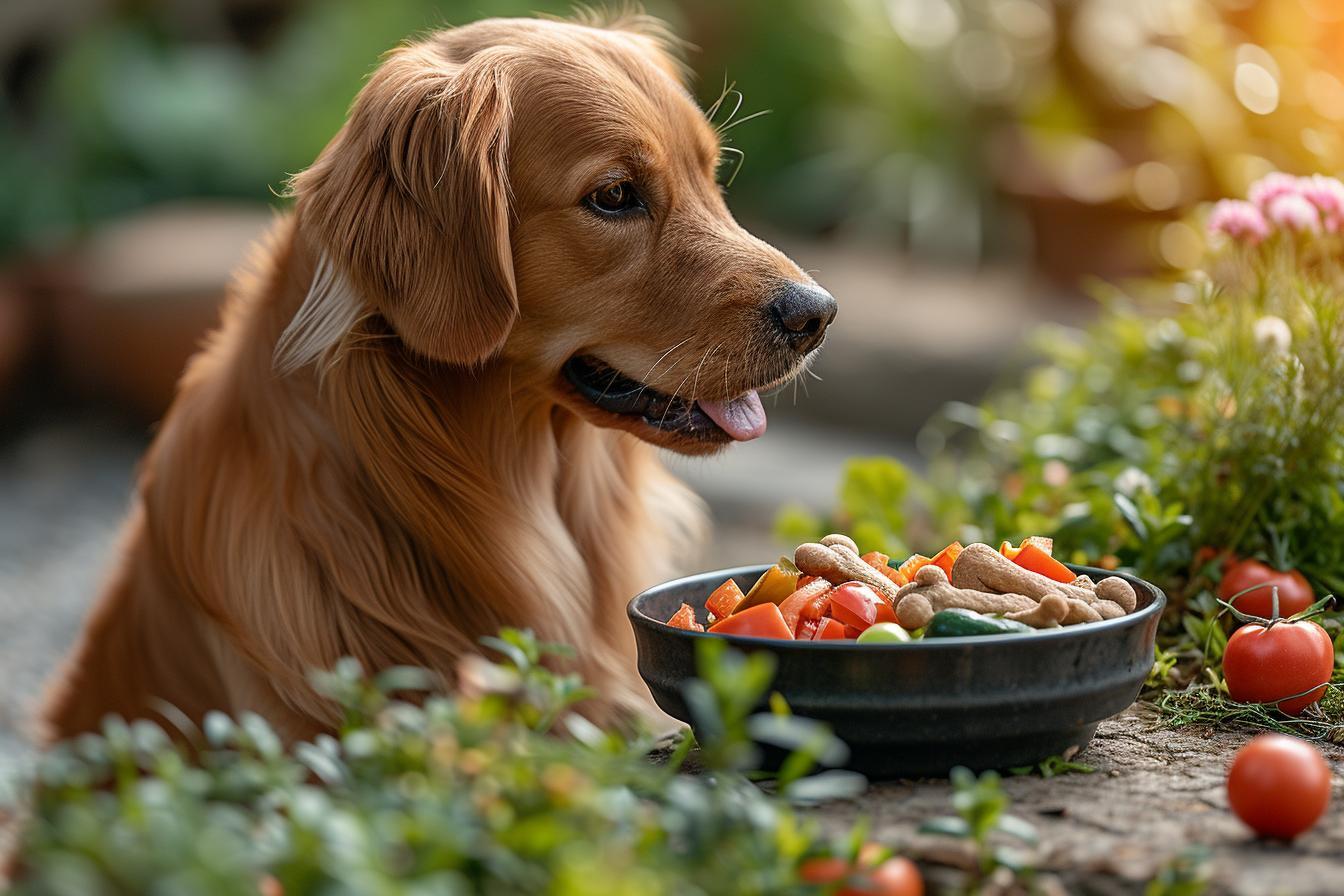For pet owners concerned about the health of their four-legged companions, the quality of nutrition is a matter of utmost importance. Abandoning traditional kibble, many owners are now turning to a deemed more natural and beneficial option: raw feeding. If you are considering this transition for your beloved companion, this article will guide you through two effective methods to replace kibble with a raw diet, while emphasizing the health benefits for your animal and the precautions to ensure a smooth transition.
The Benefits of a Raw Diet for Your Dog
Switching to a raw diet can be a significant step towards improving your animal’s overall health. Advocates of this type of diet report a plethora of benefits, including healthier skin, shinier coat, improved dental hygiene, reduced allergies, and enhanced vitality. Raw food, often consisting of meats, meaty bones, and organs, provides a nutrient-rich and closer-to-nature diet for canines.
Understanding the Two Transition Methods
There are two main methods for transitioning from a kibble-based diet to a raw diet: fast transition and gradual transition. The choice between these methods depends on your dog’s health and adaptability to dietary changes. While some dogs may smoothly embrace the new diet through a fast transition, others may require the gradual method for a gentler adaptation.
Executing a Rapid Transition
A fast transition is ideal for puppies and healthy adult dogs. This method involves fasting your pet for 8 to 12 hours to empty its stomach, followed by introducing raw food at the next meal. This allows the dog’s digestive system to quickly adjust to the new food and immediately reap its benefits.
Implementing a Gradual Transition
A gradual transition is recommended for dogs with more delicate adaptation needs. Start by mixing a small amount of raw food with the usual kibble and gradually increase this amount over a period of seven days. This technique minimizes digestive disturbances and helps your animal smoothly acclimate to the new diet.
Preparing Your Dog for the Switch
Before embarking on the transition, consider strengthening your dog’s digestive system. Introducing probiotics and digestive enzymes can facilitate the process by improving intestinal flora and aiding in the digestion of raw food.
Managing Digestive Upsets During Transition
It is not uncommon for dogs to experience temporary digestive upsets, such as loose stools, during the transition. It is crucial to gradually adjust the amount of raw food and monitor your dog’s stool to ensure proper nutrient absorption. These symptoms are often transient and improve as your pet adapts to its new diet.
Recognizing Your Dog’s Unique Dietary Needs
It is important to remember that every dog is unique and the time required to adapt to a raw diet may vary. Some dogs may need a longer transition period than others. Be attentive to your animal and feel free to adjust the transition protocol according to its specific needs.
Additional Tips for a Smooth Dietary Shift
Lastly, some additional tips may be useful to ensure a successful transition. Make sure to choose a high-quality raw food, such as those offered by brands renowned for their expertise in the field. Also, ensure that your dog’s diet is balanced and meets all its nutritional needs. Attentive observation and patience will be your best allies in this adaptation process.
By taking into account all these recommendations, you can guide your four-legged companion towards a healthier and more natural diet. Transitioning from kibble to a raw diet is a positive step that can significantly contribute to your animal’s well-being. With a methodical and attentive approach, your dog can enjoy the numerous benefits of a raw diet and lead a more fulfilling and healthier life.







